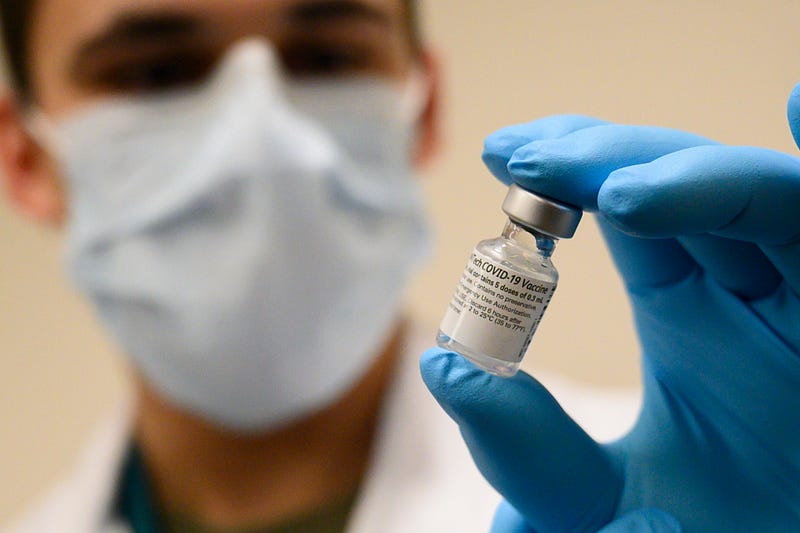National Vaccine Distribution: Where Have We Gone Wrong?
By: Prema Rahman, MPAC Human Security Program Manager

The United States is now in its sixth week of distributing and administering COVID-19 vaccinations, but vaccine rollout has been woefully slow while the rate of infection has only climbed higher. According to the Centers for Disease Control and Prevention (CDC), as of Wednesday, January 20, around 14.2 million Americans have received an initial dose of one of the two approved vaccines, and approximately 2.2 million Americans have received full vaccination. That is well below the federal goal to administer the first dose to at least 20 million Americans by the end of this month. Not only is the upward trajectory of infections worrisome, but what is perhaps even more troubling is that the longer we take to vaccinate large swathes of our population to achieve herd immunity, the more time the virus has to mutate itself. With the freshly inaugurated Biden administration, there is hope for a revised and more efficient federal vaccine strategy. To develop a more effective solution, however, it is imperative we first understand where we have gone wrong with our current process.
One of the leading causes for lag has been poor logistics. Of the near 36 million doses distributed nationwide, only about 16.5 million have been administered. Distribution began during the winter holiday season, when many healthcare workers had already left for vacation or had reduced hours. This left already overburdened hospitals and clinics with even less capacity to administer vaccines. Further complicating these issues is the fact that both the Moderna and Pfizer vaccines must be kept at certain temperatures, albeit one has more stringent storage requirements than the other. Recently, more than 16,000 Moderna doses had to be thrown out in Michigan and Maine after their temperatures crossed the threshold during transportation. On the other end, healthcare workers in New York had to dispose of doses because they could not find enough people who met the state’s eligibility criteria. Under the Trump administration, the federal government washed its hands of the bulk of distribution responsibilities, leaving state governments to figure out eligibility, rollout, and administration on their own.
Is leaving distribution up to states a good idea or should the federal government take it over? Earlier this week, Governor Cuomo (D-NY) requested Pfizer to bypass the federal rollout process (aka Operation Warp Speed) to directly sell vaccine doses to New York. If the Department of Health and Human Services (HHS) gives Pfizer permission to make these sales, such a move would raise further concerns about equitable distribution. Some states may not be able to afford the doses they need while other states with fewer cases may be able to buy more of the limited national vaccine supplies. The decentralized approach adopted by the previous presidency is clearly not working. But a fully centralized approach is not quite the answer either. Although federal distribution can smooth out discrepancies like varying state eligibility criteria and streamline efforts to address weaknesses in administering doses, state governments need to be involved in strategizing how best to deliver the vaccines to the communities that need them most.
President Biden has set a goal to vaccinate 100 million Americans within his first 100 days in office. On his second day in office, he prioritized signing executive orders that will increase vaccinations and testing. As a part of his plan to administer COVID-19 vaccines, Biden intends to invoke the Defense Protection Act to boost vaccine production and supplies. To achieve these lofty goals, the Biden administration needs Congress to fund the heightened push with more than $400 million. While that will certainly help boost vaccinations, what states need most help with is maneuvering through staffing shortages, rigid protocols and inflexible eligibility guidelines, and the overall logistics of administering vaccines.
April 30th will mark Biden’s 100th day in office. While the Trump administration made little effort to build public trust in vaccination, in their detailed COVID-19 response plan, the Biden team has set their number one goal to “restore trust with the American people”. What’s even more refreshing is that this strategy actually addresses issues of equity and racial, ethnic, and rural/urban lines. The next few months will not be easy, but the Biden administration, unlike its predecessor, is willing to listen and learn to execute effective vaccine policies. Implementation of this new federal COVID-19 strategy will need to strike a balance between centralized vaccination standards and procedures and state administration.